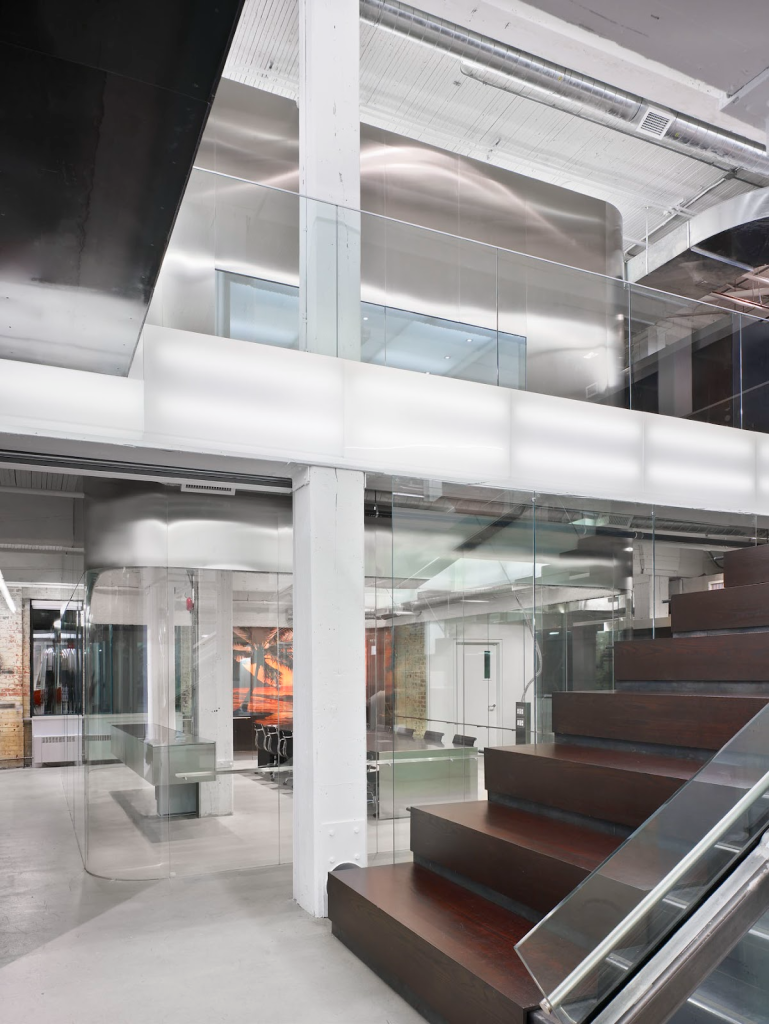While vacancies and rents remain high, demand surges for high-end workspaces.
Long after offices went dark in the pandemic and vacancies soared amid the rise of remote work, the office market of 2025 is showing signs of new life—and perhaps a recovery.
There’s a list of deals across the nation that show companies are still expanding into bigger, nicer digs: In San Francisco, AI companies Motive and Anthropic signed leases for prime spaces, despite high vacancies. In New York, Amazon signed a major 15-year lease at 10 Bryant Park in Midtown Manhattan and telecom companies Verizon and Spectrum each signed significant leases. In addition, Rithm Capital bought REIT Paramount Group’s 13 owned and four managed office buildings in San Francisco and New York for $1.6 billion cash, underscoring a belief in the value of prime office properties.
While not yet at the pre-pandemic strength, net office space absorption over the last three quarters of 2025 is expected to be 24.9 million square feet, according to the NAIOP Office Space Demand Forecast for the second quarter of 2025. The forecast projects that net absorption for 2026 will total approximately 15.1 million square feet, a conservative outlook for the economy that assumes a 70% chance of a mild recession.
Still, the overall office market continues to be a weird mix with an uneven recovery. Tenants are inking large leases in New York City, while San Francisco and Seattle deals are slower to improve over the past couple years.
Rents also remain high with offices sitting empty.
Average rents hover around $32.72 per square foot, up 3.3% year over year, according to the July 2025 Yardi Matrix National Office report. Vacancies are also high, hovering between 18% to 19.4%, unchanged from the previous month.
New construction has also slowed, according to CBRE, with 40.2 million square feet in July. Boston has perhaps the most construction activity with 5.6 million square feet underway.

—Adobe Stock
In-office attendance is trending up, but employers—and employees—want quality properties. And that means higher rents. Consequently, those high vacancy rates are not spread evenly across markets. “It is a varied story market to market and even within submarkets,” says Julie Whelan, CBRE’s global head of occupier research.
Employers want better, newer spaces that have great locations near downtown centers or close to walkable amenities. They’re seeking spaces with natural light, strong tech infrastructure, and amenities like gyms, wellness rooms, food options, rooftop decks, neighborhood restaurants and shopping, and lounge and outdoor spaces. They also want sustainability features, such as energy efficiency and green certifications. Flexible layouts for hybrid work are also in demand.
Vacancies for those high-end, Class A+ properties hover around 14.9% with rents hovering around $36.21 per square feet, according to CBRE’s 2025 Q2 data.
“There’s an excess supply of dated, functionally obsolete office space but there’s an undersupply of the higher quality spaces,” writes asset management firm Brookfield. The top quartile office buildings are seeing record rents and stable vacancies while older spaces suffer.

—Johnson Chou Designs
It estimates that there are 500 “Trophy” office buildings in America with 238 million square feet, or 9% of the market. These buildings were built in the mid-2010s or later. Brookfield suggests that a large portion of these older buildings will need to be repositioned, repurposed or demolished.
In fact, CBRE predicts that those prime spaces will become more scarce due to the slowdown in new construction. By conservative estimates, vacancy in prime buildings is expected to return to its pre-pandemic rate of 8.2% by 2027, according to CBRE’s 2025 market outlook report.
“Our prediction is that within a few years, [trophy buildings] will essentially be out of space,” Whelan told NAIOP.
While less affected than retail real estate, the office market could be affected by a potential economic slowdown as a result of tariffs and economic uncertainty—which has already dampened transaction volume in commercial real estate, increased costs and delayed projects, according to CBRE.
Despite uncertainties, net absorption of office space was positive in the second quarter, marking a fourth consecutive quarter, according to the NAIOP Research Foundation’s Office Space Demand Forecast. NAIOP projected it to continue to grow for the rest of the year.
“While uncertainty remains in the broader economy, this trend reflects growing stability and adaptability among office users,” said Marc Selvitelli, NAIOP president & CEO. “Employers and employees alike are recalibrating how they use office space.”
